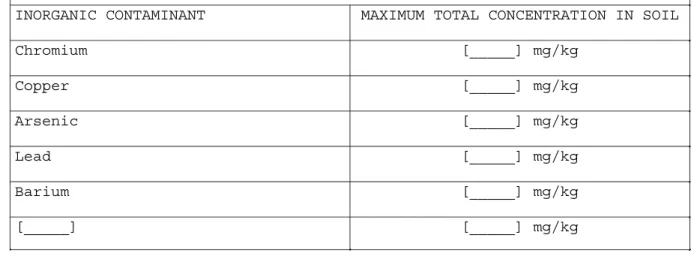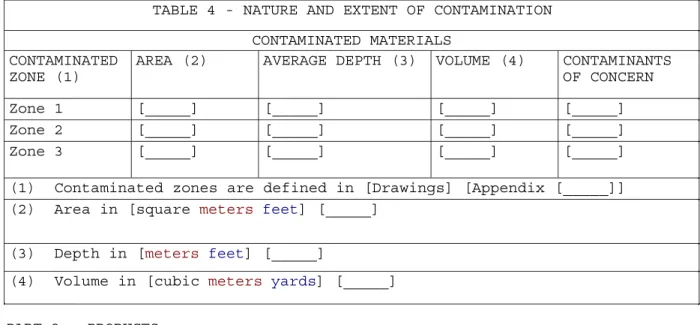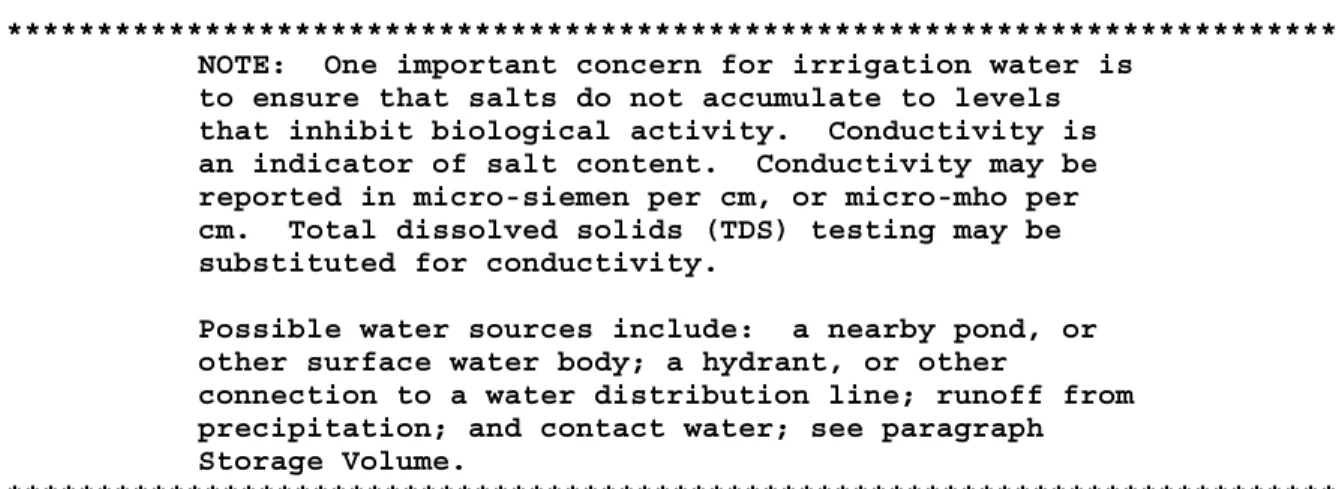UNIFIED FACILITIES GUIDE SPECIFICATIONS
Full text
Figure




Related documents
If the structure of wages in Europe reflects differences in local conditions between countries more than differences between regions within each country, further European
For a future NVAC meeting, NVPO will gather information on how long it takes CMS to process providers’ vaccine claims. At a future NVAC meeting, NVPO should present on 1)
The results for the hierarchical multiple regression analysis for students attending sectarian institutions indicate that, for Model 4, background characteristics (block 1), service
We pass the title, the width, the height, the color depth, and TRUE (fullscreen) or FALSE (window mode) to CreateGLWindow..
It analyses the manifestation of Islamic reformism in the city’s urban periphery where social organisation has historically been structured by principles of Makhuwa kinship
We will develop a method for joint optimization of the delivery policies for all service parts, such that we find an optimal balance between MSPD and the total inventory holding costs
O perigo é que o modo de ser da técnica moderna tende a ser concebido, não apenas como uma das possibilidades de desencobrimento do real, mas como a única
Methods to build a linear building model, which can be used to predict indoor temperature, humidity and thermal comfort for indoor environment control with linear MPC, are
